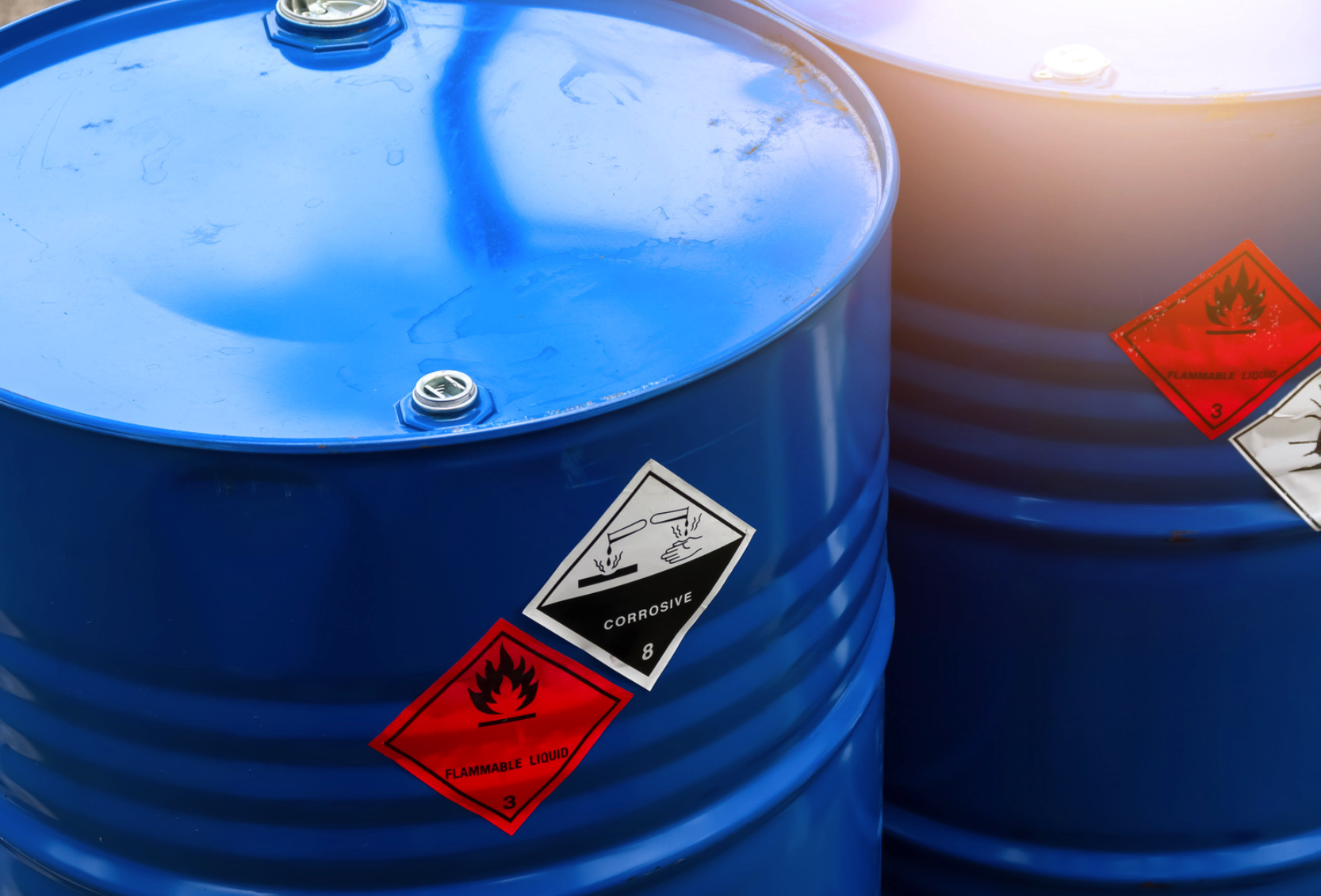How to Define, Classify, Differentiate, and Regulate Chemical Exports: A Comprehensive Guide

Comprehensive Guide
China, being the world's largest producer of chemicals, handles a significant volume of hazardous chemical imports and exports. With numerous operating units and a wide range of activities, the regulation of hazardous chemical imports and exports is crucial to national economic and social development. Incorrect reporting of hazardous chemicals can lead to severe consequences, including casualties, environmental damage, and public safety incidents, making the regulation of hazardous chemical imports and exports a significant responsibility.
1. Definition, Types, and Categories of Hazardous Chemicals
Hazardous chemicals are substances with toxic, corrosive, flammable, or oxidizing properties that pose risks to human health, facilities, or the environment. The "Globally Harmonized System of Classification and Labelling of Chemicals" (GHS) categorizes chemical hazards into 29 hazard classes, including 17 physical hazards, 10 health hazards, and 2 environmental hazards. Each hazard class is further divided into hazard categories to reflect the severity of the hazard. For example, flammable liquids are categorized into four hazard categories, and acute toxicity is divided into five hazard categories.
2. Differentiating Hazardous Goods and Hazardous Chemicals
It is common to confuse hazardous goods with hazardous chemicals, but they are not the same. For instance, lithium-ion batteries are classified as hazardous goods but not hazardous chemicals, while boric acid is a hazardous chemical but not hazardous goods. Ethanol is both a hazardous good and a hazardous chemical. Two international standards exist for classification: the United Nations "Recommendations on the Transport of Dangerous Goods" (TDG) for hazardous goods and the GHS for hazardous chemicals.
3. Hazardous Chemicals Under Customs Supervision
Customs inspects hazardous chemicals listed in the national "Catalogue of Hazardous Chemicals" (new version), including those currently listed in the "Catalogue of Import and Export Commodities Subject to Inspection and Quarantine by Entry-Exit Inspection and Quarantine Institutions" and those not yet listed.
4. Customs Supervision Model for Hazardous Chemical Imports and Exports
According to the General Administration of Customs notice (No. 351 of 2020), starting January 10, 2021, the supervision of imported hazardous chemicals shifted to a "batch-by-batch verification and sampling" model at the port of entry. The supervision model for exported hazardous chemicals remains "origin inspection and port inspection."
5. Required Materials for Importing Hazardous Chemicals
When declaring imports, enterprises must provide information on hazard category, packaging category (excluding bulk products), UN hazard code, and UN packaging mark (excluding bulk products). Additional required documents include:
- A declaration of compliance from the importing hazardous chemicals business.
- Details of any added inhibitors or stabilizers.
- Samples of the Chinese hazard warning label (excluding bulk products) and the Chinese safety data sheet.
6. Required Materials for Exporting Hazardous Chemicals
When declaring exports, enterprises must submit:
- A declaration of compliance from the exporting hazardous chemicals manufacturer.
- A performance inspection result for the packaging container (excluding bulk products and those exempted by international regulations).
- A hazard classification identification report.
- Samples of the hazard warning label (excluding bulk products) and the safety data sheet. If in a foreign language, a Chinese translation is required.
- Details of any added inhibitors or stabilizers.
7. Hazard Warning Label Requirements
The GHS labeling process includes:
- Assigning label elements.
- Printing symbols.
- Printing hazard pictograms.
- Signal words.
- Hazard statements.
- Precautionary statements and pictograms.
- Product and supplier identification.
- Ordering of multiple hazards and information.
- Arrangement of GHS label elements.
- Special labeling arrangements.
8. Safety Data Sheet (SDS) Format Requirements
The information in the SDS must be listed in the following 16 sections, in order:
- Identification
- Hazard identification
- Composition/information on ingredients
- First aid measures
- Firefighting measures
- Accidental release measures
- Handling and storage
- Exposure controls/personal protection
- Physical and chemical properties
- Stability and reactivity
- Toxicological information
- Ecological information
- Disposal considerations
- Transport information
- Regulatory information
- Other information Each section has minimum information requirements, such as including five elements under "Identification" and 19 elements under "Physical and Chemical Properties."
9. Additional Considerations for Importing and Exporting Hazardous Chemicals
Enterprises must ensure compliance with:
- China's mandatory national technical specifications (for imports).
- Relevant international conventions, rules, treaties, agreements, protocols, and memoranda.
- Technical regulations and standards of the importing country or region (for exports).
- Technical specifications and standards from the General Administration of Customs and the former AQSIQ.
10. Handling Non-Compliant Hazardous Chemicals
For non-compliant exported hazardous chemicals, if technical rectification is possible, the enterprise can rectify the issue and resubmit for inspection. If rectification is not possible, export is prohibited. For non-compliant imported hazardous chemicals, if rectification is possible, the enterprise can rectify the issue and resubmit for inspection. If rectification is not possible, the goods must be returned or destroyed. In cases of significant safety hazards or incidents such as leaks, the relevant situation is reported to local government and related departments for proper handling.
By adhering to these guidelines, enterprises can ensure compliance with regulations, preventing safety hazards and facilitating smooth import and export processes.
chemical exports, hazardous chemicals, hazardous goods, GHS, TDG, chemical classification, customs regulations, import requirements, export requirements, safety data sheets, hazard labels, China chemical industry, compliance, customs supervision, regulatory guidelines
